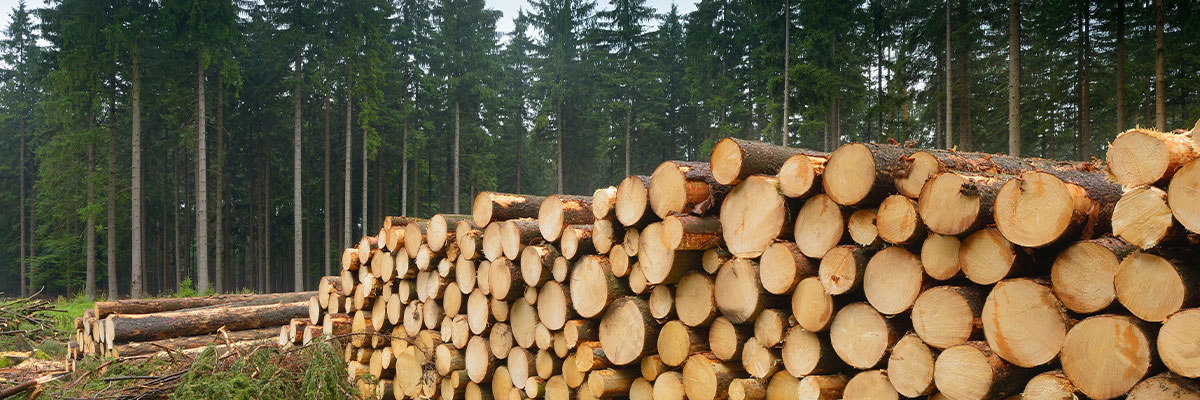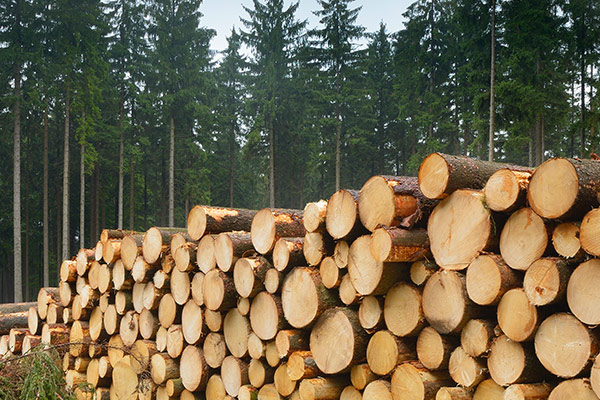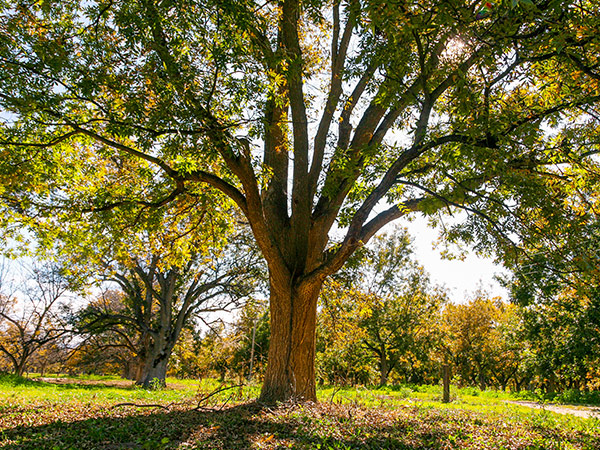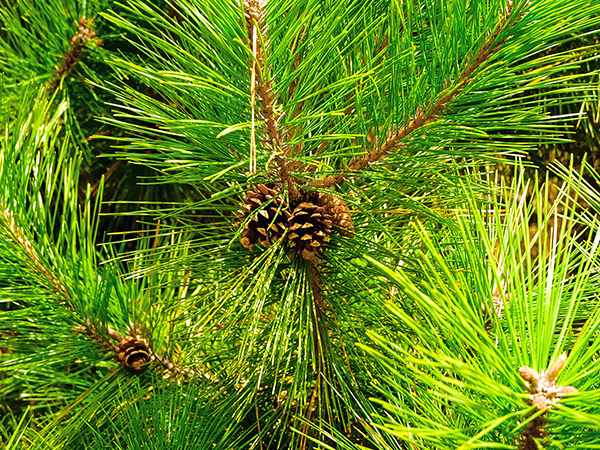

Hardwood vs. Softwood: Insights from the Lumber Pros
Hardwood vs. softwood. The difference may seem simple, but when it comes to your DIY project knowing how to differentiate your wood is important. While a lot of hardwoods are generally “harder” than softwoods, there are some exceptions. The difference, in fact, is not based on how “hard” the wood is, but by the tree’s seeds and how it grows. Before you start on your next project, brush up on your lumberyard knowledge so you grab the right wood for the job.
Hardwood and Softwood
So, if hardwoods and softwoods are distinguished by how they grow and their seeds, what are the differences?
Leaves and Seeds
Hardwood species are deciduous (the ones that lose their leaves in the autumn) and generally have broad-shaped leaves. A unique and distinguishable feature is these trees have enclosed seeds like acorns, for example. These are called angiosperm.
In contrast, softwood species have needles or thinner leaves. They are known as gymnosperm or “revealed seed” because their seeds are not enclosed but open, as in pinecones. As their name suggests, most of these evergreen trees or conifers do not lose their leaves in the autumn and winter.
How They Grow
While not all hardwood trees rank among the top hardest trees, these trees generally have thick cell walls that are packed tightly together making them dense. They also have unique vessels called axial vessels that move water through the tree. Their cells and vessels are what gives the wood grain more texture and adds to their strength. As these trees are thick due to their structure, they are slower growing than other types. So slow in fact that it may take more than 100 years for the tree to mature enough to harvest. This makes hardwood a more expensive option. To cut down on costs, you can opt for a hardwood veneer instead of solid hardwood. Because of their dense cell structure, hardwoods are naturally more resistant to rot and insects.
Softwood trees are generally faster growing and taller. The tallest tree in the world is a softwood-- a redwood found in California (that has been growing a long time without being harvested). This tall growth allows for more and longer lengths of wood products. From seed to harvest it takes around 40 years. Most softwoods are less dense than hardwoods because they have medullary rays and tracheids—a fancy way of saying they have a simpler water transportation system than hardwoods do. But, that does not mean some aren’t dense like the southern yellow pine used often in construction. However, wood from softwood trees is often pressure-treated to withstand rot, decay, and insects as their density is not as naturally resistant as hardwoods. Southern yellow pine has open cells that make it the very best softwood for water-borne treatments against insect damage and rot.
So, What is Hardness?
Hardness in wood or lumber is first defined by its ability to take wear and tear and not its feel. For example, hardwood floors may not feel any harder under your feet, but some have more impact resistance. The Janka Hardness Scale is the industry standard to test impact resistance by measuring the amount of force needed to imbed a .0444-inch steel ball to half of its diameter into a 2x2x6 board.
While a lot of hardwoods rank high scores, that is not to say hardwood can’t be scratched or damaged. You still need to take care while you’re working with hardwood. But the Janka test will give you an idea of how impact resistant your wood is and maybe how difficult it will be to work with. The scale ranges from some of the lowest scores given at 380 to the tree species Aspen, up to 950 Cherry and 1,450 Hard Maple, and one of the hardest wood species out there- the Lignum Vitae at 4,380.
List of Hardwood and Softwood, Plus Which One for Your Project

Here are some of the most well-known species of wood and how they are classified.

- Alder
- Ash
- Aspen
- Balsa Wood (a soft hardwood)
- Beech
- Cherry
- Hickory
- Mahogany
- Maple, including soft maple and white hard maple
- Oak, including white oak and various red oaks
- Teak
- Walnut


Softwood
- Cedar, such as western red cedar or inland red cedar
- Larch
- Hemlock
- Juniper, a Texas native cedar and imported cedar-like junipers
- Pine
- Redwood
- Spruce
- White Fir
- Douglas Fir
Your Next Project
While all projects can vary based on your desired look and functionality, there are some things to keep in mind when choosing wood for your project.
- Hardwoods are more expensive than softwoods, so look for hardwood veneers or chose a softwood for a budget DIY.
- Hardwood is more difficult to work with. If you are new to wood DIY, softwoods may be the better option for larger projects.
- Softwoods must be treated if you are using them in an outdoor project like building a picket fence. There are differing levels of treatments for differing usages, such as foundations, critical wood structure, deck tops, or fences.
- Since the cell walls are closer together, hardwoods generally don’t take in moisture as well. This is important to note if you are using hardwood in your project and want to stain it.
- Hardwoods have greater fire resistance since they have a higher density than softwoods. Softwoods, however, can be treated for fire resistance.
An Old-Fashioned Lumberyard
Hardwoods and softwoods each have their own advantages for your DIY projects. Still need some help deciding on your wood? Stop by our lumber buffet inside for that great wood smell or our full-service lumberyard where our team is ready to help you pick out your lumber and load it for you, too.

Reviewed by Tom Hastings
McCoy's In-House Expert
